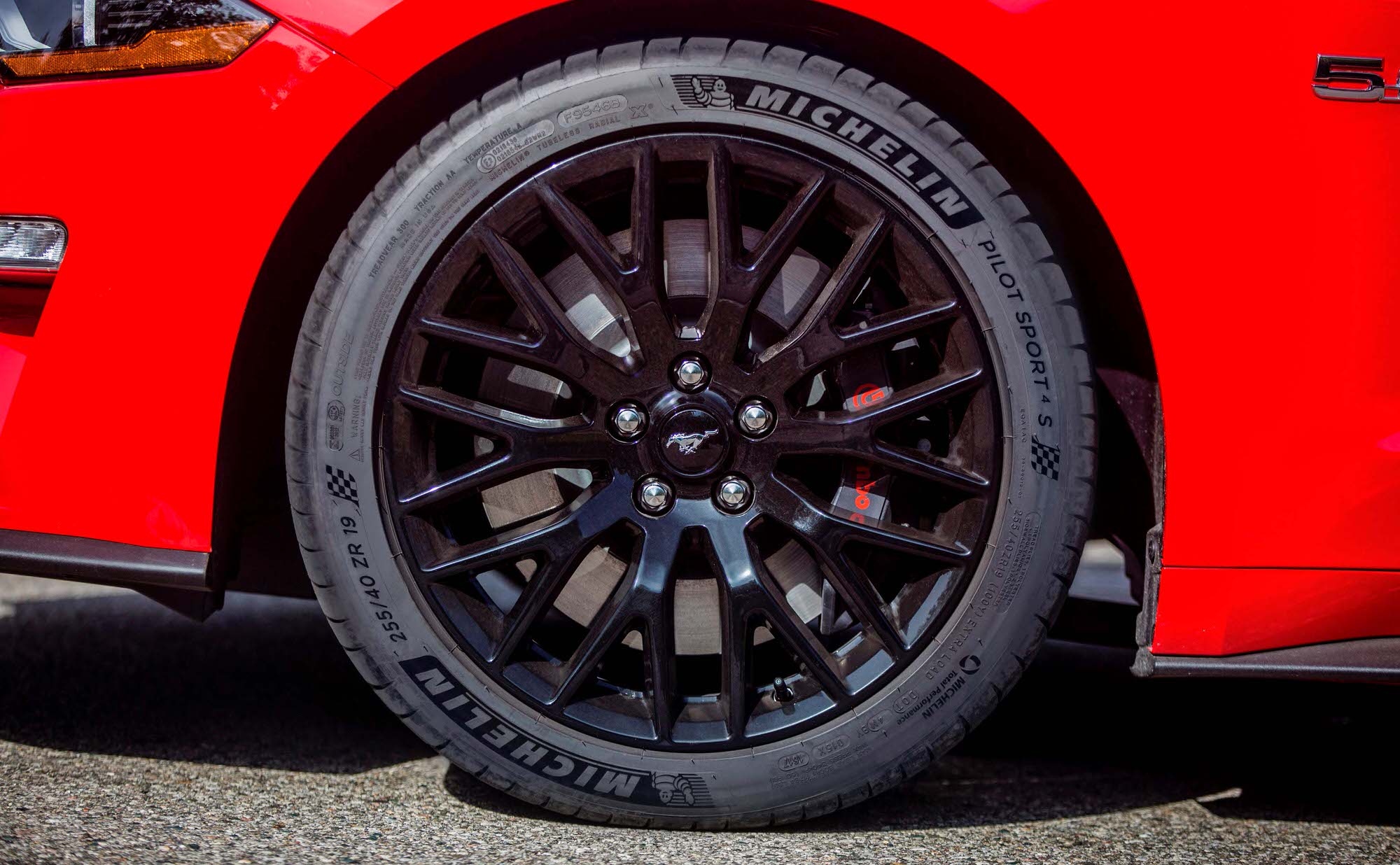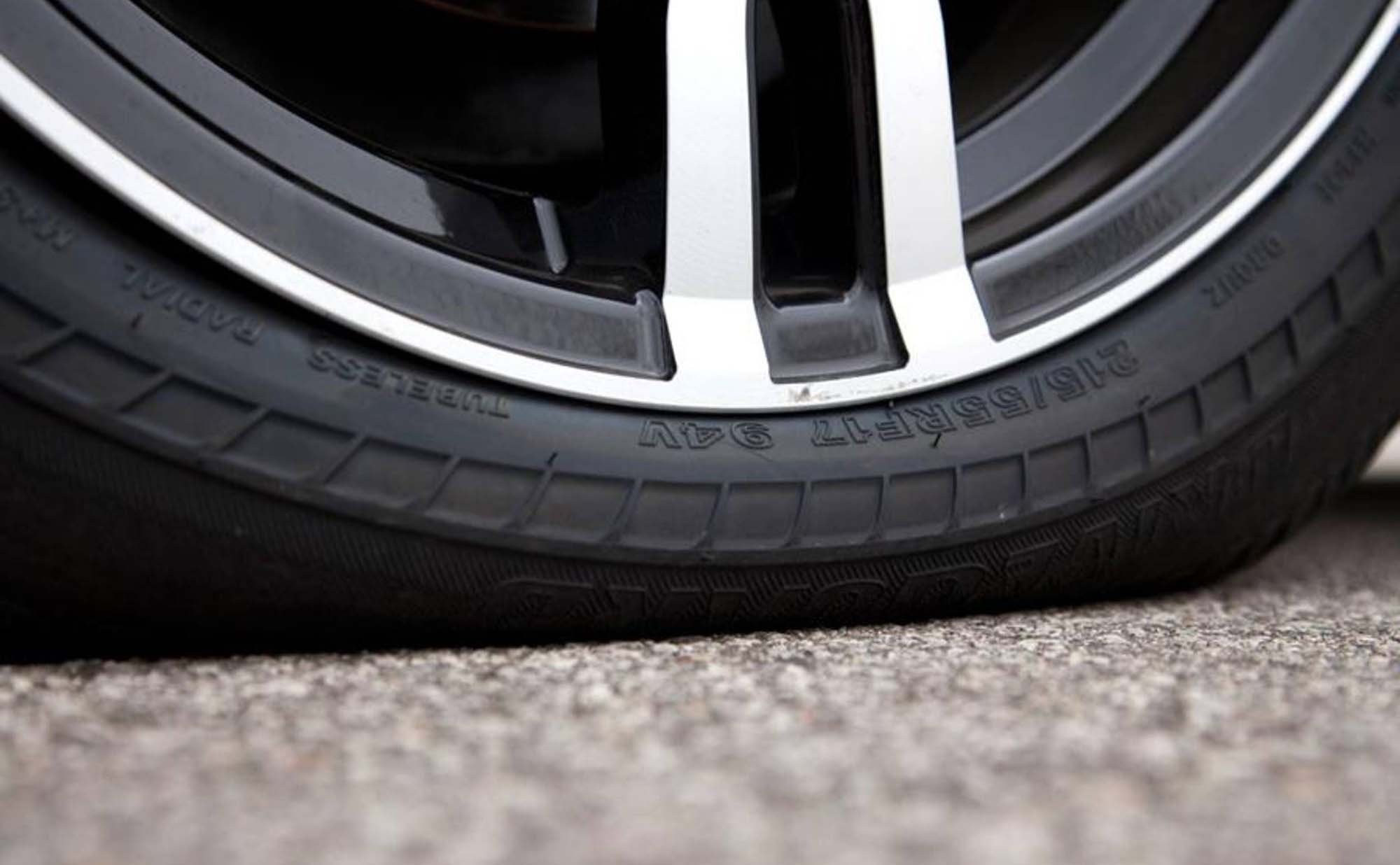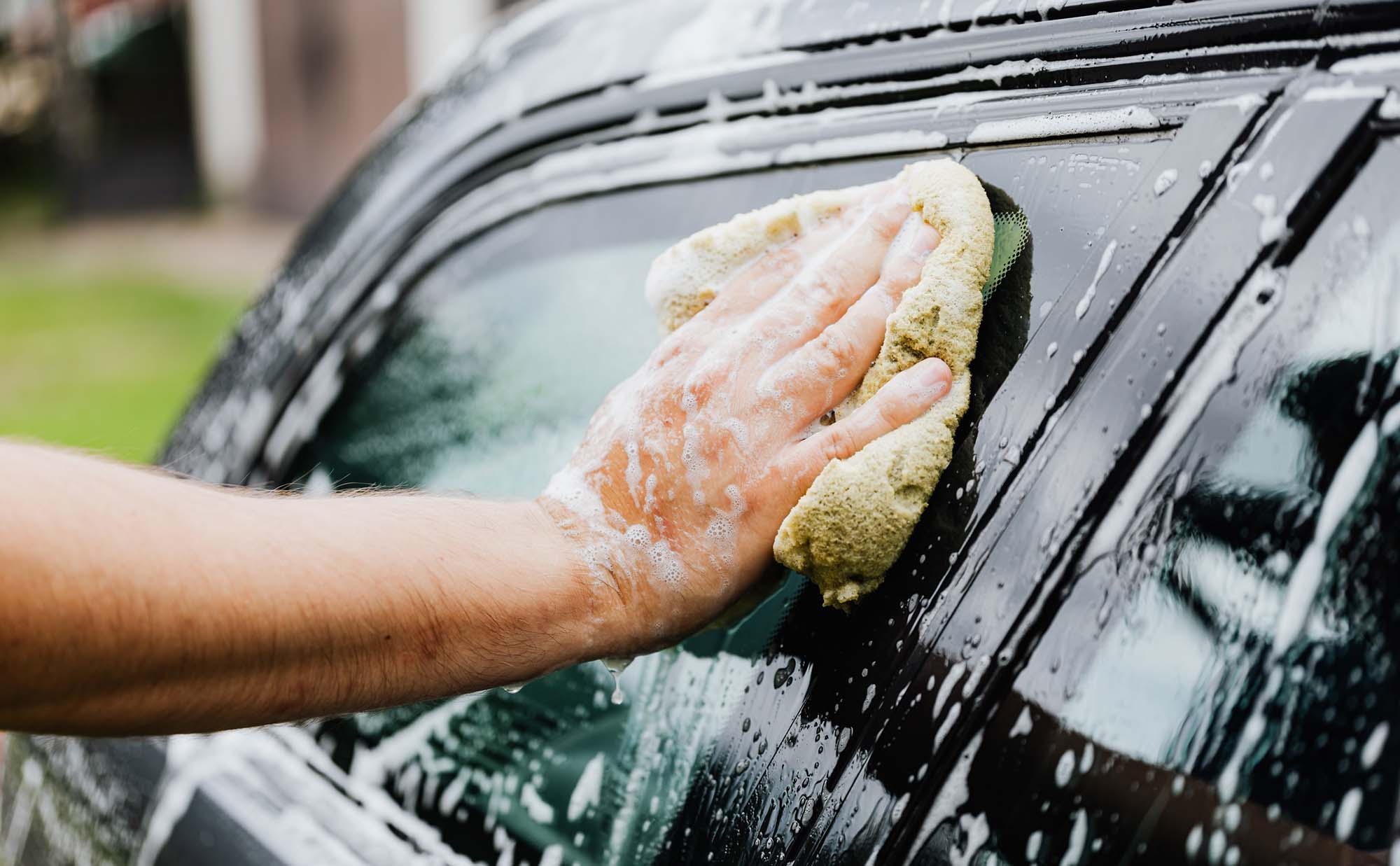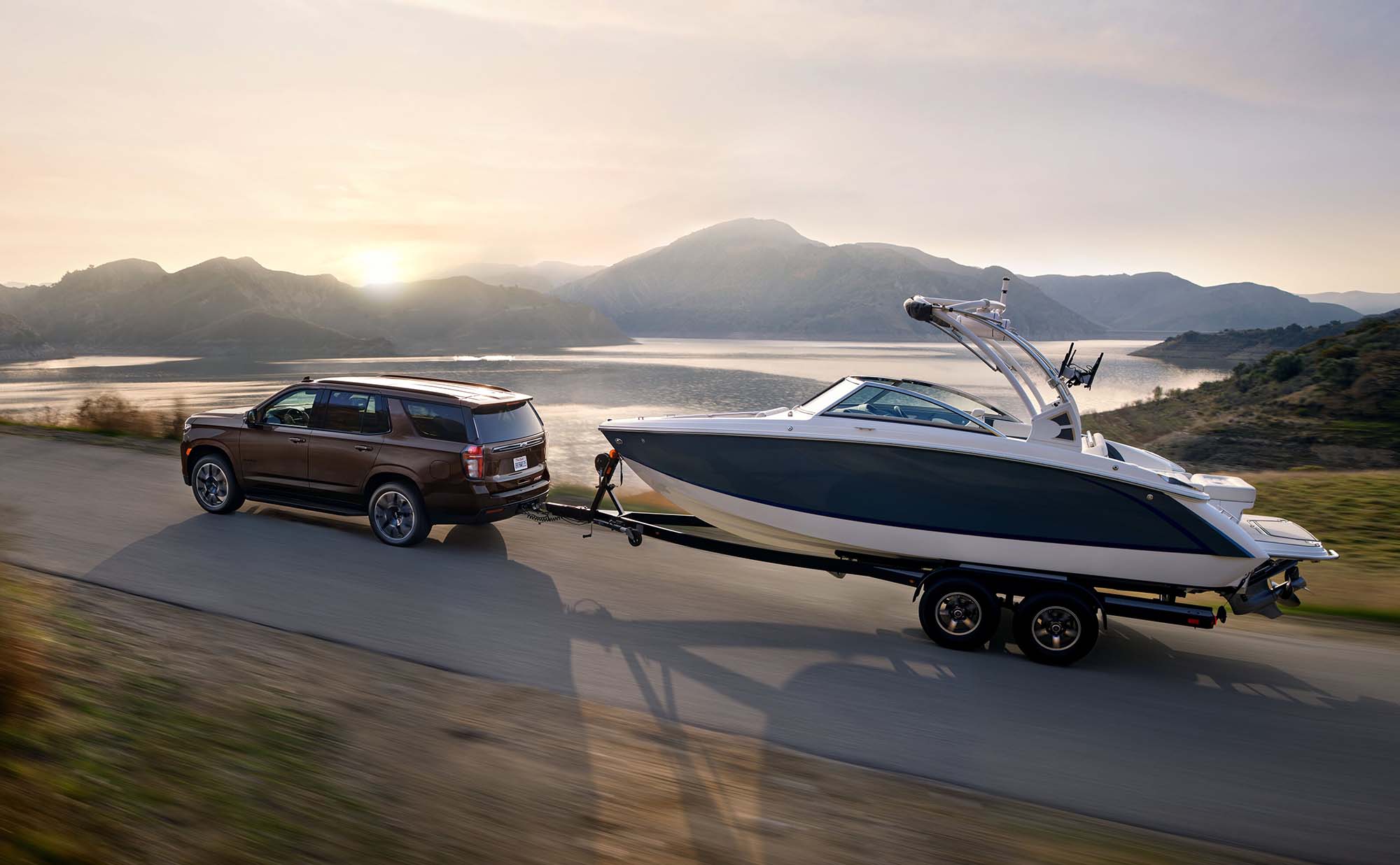Run flat tires are all the rage, but they aren't right for everyone (or every vehicle). Here is a list of the pros and cons, so you can make an informed choice.
When the weather is starting to warm up, but you think that there might be another bout of cool or wet weather coming, it can be difficult to decide when you should bring your vehicle into the shop to have your winter tires replaced with your summer set. There is a simple rule of thumb to take into consideration that makes the decision very simple: Once the average daily temperatures are over 7°C, it is time to make the changeover to summers or all-seasons. Self-preservation should be the motive, the changeover may help you avoid a collision or a blowout.
All classes of tires (winter, summer and all-season) start life with quite different rubber compounds. Each is optimized for a different temperature range. If you run a tire at speed outside of its comfort zone, it reacts badly.
Summer tires in winter turn hard as hockey pucks; in winter, all-season tires start to lose grip as the temperature drop below +7C and are virtually useless for grip below -10C. Winter tires lose grip as the temperatures climb above 7°C. Just as all-seasons wear tread faster in winter, winters wear faster in summer.
This can be surprising, especially since they all look the same, but winter tires are constructed to have flexible tread below freezing and they have more tread blocks (or “sipes”) for ice grip. These elements are counterproductive in warm weather. As the tire rotates, the tread blocks come into contact with the pavement and heat is created as the block is compressed. The sipes open and close as they come into contact with the pavement and create more heat.
Little-Known Fact
In 1923, a slaughterhouse worker named John F. Sipe grew tired of his rubber-soled shoes slipping on the wet slaughterhouse floor. Using a sharp knife, he cut a series of thin grooves in the rubber of his shoes and found that the grooves provided much better traction. He went on to patent his brainstorm, and lent the grooves his namesake calling them “rain sipes.”
Heat is the worst enemy of a tire. This heat makes the tread blocks more flexible, which in turn creates more tread squirm, which in turn creates more heat, which in turn creates more squirm and so it goes. Heat in a tire causes the essential binding agents in a tire to break down. The tire will get a greasy feel because, in fact, it is chemically dissolving. Greasy tires do not grip.
Bottom Line: As the weather warms up and the temperature is determined to stay above 7 degrees it is time to come in to have your winter tires swapped out. If you do it yourself, remember to double-check the tire pressure level once they are on the vehicle and make sure they are well inflated before you hit the road.
Need your tires changed or are you due for your next regular maintenance? Just click here and we can get you in as soon as possible.




